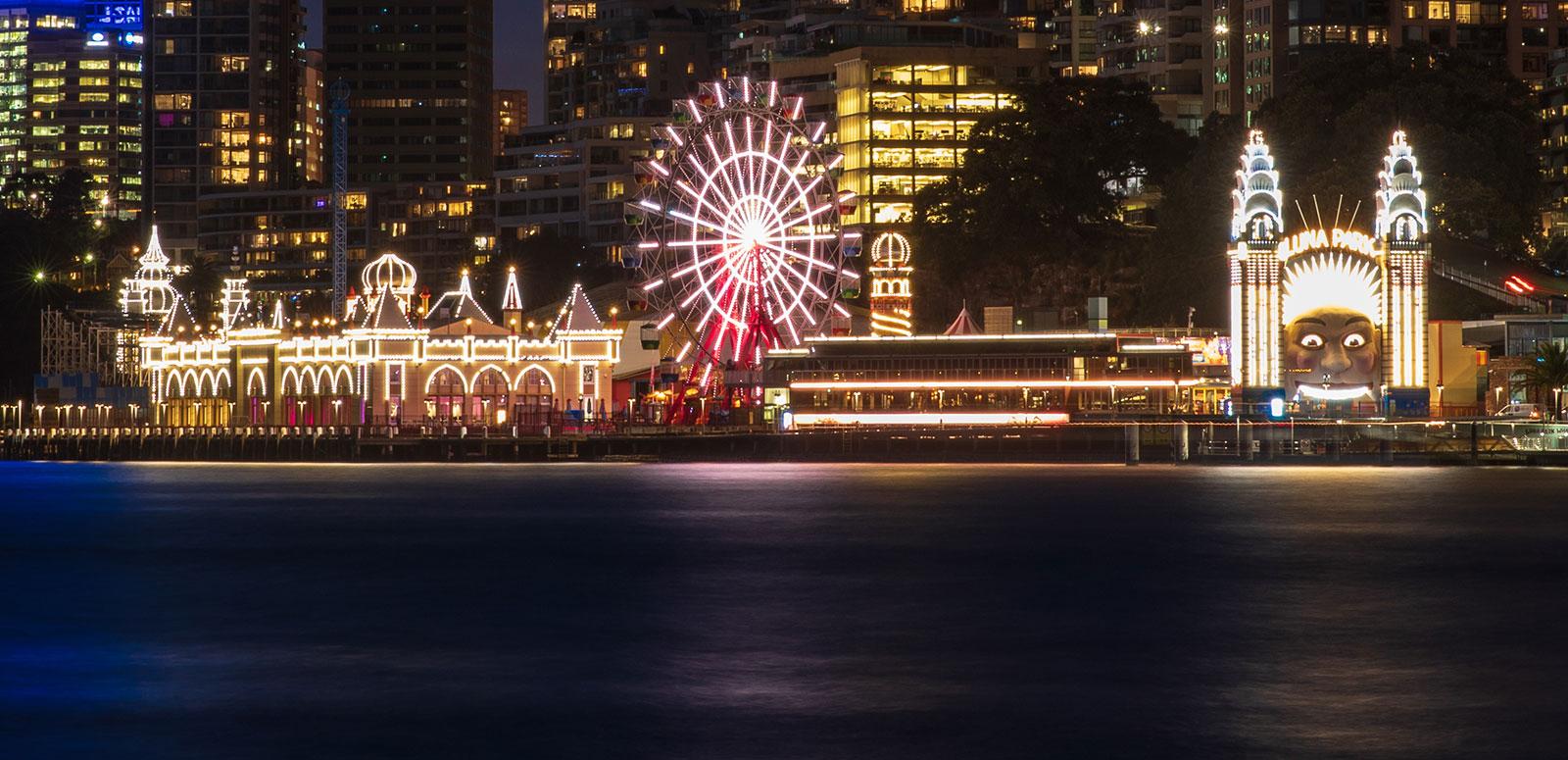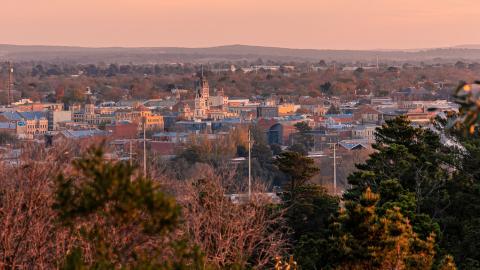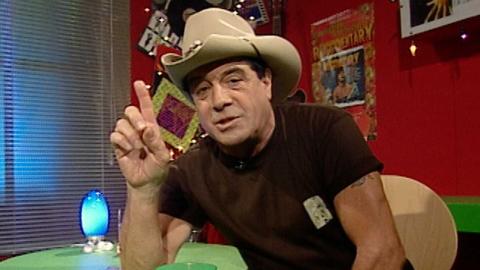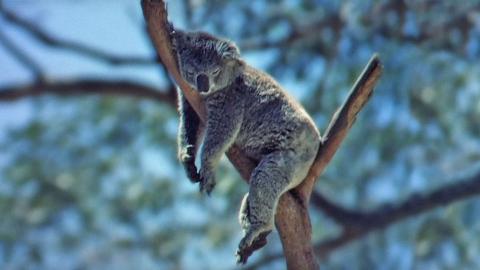What was it about New South Wales that made it a breeding ground for quirky theme parks in the late 20th century? Headed by Luna Park, the queen of retro charm, this list of NSW amusement parks takes you on a head-spinning ride through dinosaurs, dancing horses, roller coasters, replicas and tiny towns. Buckle up for some fun at the fairground – and some nostalgia as we take you hurtling back through history to these long-lost lands.




